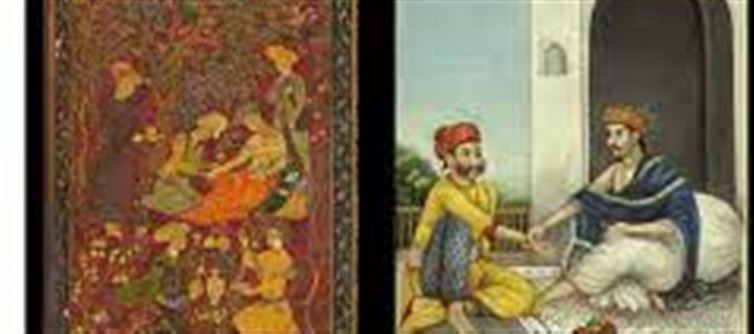
When there were no medical check-ups, how disease detected?
When you go to the hospital when you are sick, the doctor prescribes many tests without even examining you. Only after the test report comes, the doctor tells you about the disease and starts the treatment, but you must have seen some doctors who would tell you about the diseases hidden in your body by just looking at your pulse. They would even tell you what you had for breakfast in the morning.
Have you ever thought that the diseases which today's doctors are unable to detect even with big medical check-ups, how were they detected in the old times by just looking at the pulse. Let us tell you about it.
Importance of pulse testing in Ayurveda
Today, whether it is allopathic medicine or homeopathy, ayurveda is the parent of all the medical systems. In this ayurveda, pulse testing has also been given a lot of importance. Many ayurveda experts or old Vaidyas used this method to detect the diseases of the patient by feeling his pulse. However, a lot of experience is required for pulse testing. According to ayurveda, our pulse is directly connected to our heart. In such a situation, the heart rate was detected by just feeling the pulse, which revealed the diseases developing in our body and other activities happening in the body. It is said that to detect the exact disease, pulse testing should be done in the morning on an empty stomach. Actually, after having food or breakfast, the pulse rate changes.
The pulse beats this many times in one go
Whenever a person's pulse test is done, many things are kept in mind. For example, the pulse of the right hand of a man is checked, while the pulse of the left hand of women is checked. Sometimes, to detect some complex diseases, the pulse of both hands is checked. Let us tell you, the pulse of a healthy person beats 30 times with a regular speed. However, if the pulse beats intermittently, the patient needs immediate treatment. On the other hand, if the pulse rate slows down or becomes very fast or subtle, then it is believed that the patient's life is in danger and it is an incurable disease.




 click and follow Indiaherald WhatsApp channel
click and follow Indiaherald WhatsApp channel